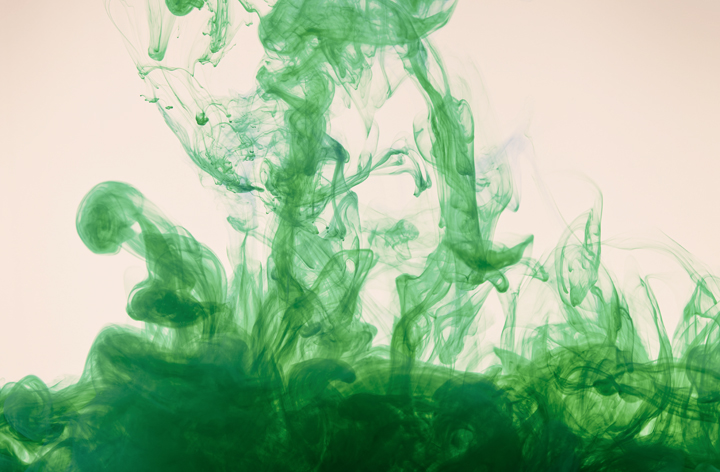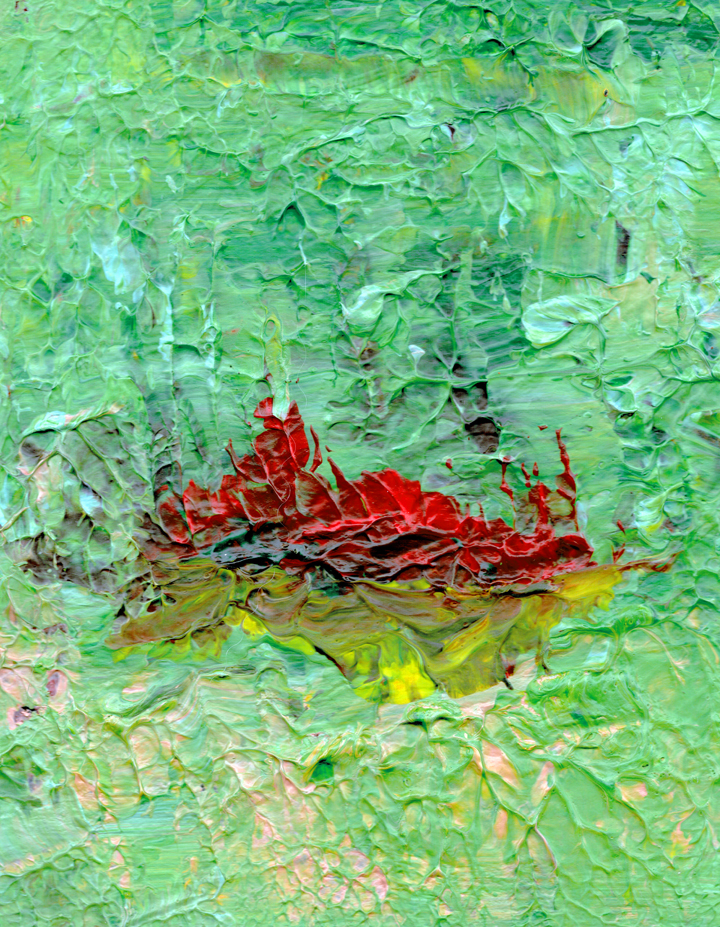Red and green are two of the most common colors that appear, whether in the natural or manmade world. But have you ever wondered what colors red and green make when mixed?
The truth is that there isn’t a straightforward answer to this question. To understand what happens when you mix red and green together, you need to know the basics of color theory.
But don’t worry – it’s not too confusing, either! I’ll guide you through what colors red and green make in the subtractive and additive color systems.
Read on to find out what colors red and green make. Plus, you’ll learn how to mix these colors to make your own paint shades.
The Color Red

Red is a bright, vibrant color that has many powerful connotations. It can symbolize love and passion or anger and danger, depending on how you use it.
This fiery color is on the warm end of the color spectrum. It’s also a primary color, so it’s essential for mixing other colors.
You probably already know that red and yellow make orange, while red and blue make purple.
But what happens when you mix red and green together? We’ll cover that below.
The Color Green

Green is another gorgeous, fresh, and earthy color. It’s found all over in nature, from grass and herbs to tall, towering trees. Check out my guide to the different shades of green here!
But green is also one of the first colors children learn to say. And they love to scribble with green crayons to color the grass in their pictures.
So, where does the color green fit into color theory? According to the color wheel, it’s a secondary color made by mixing blue and yellow. But you can combine the color green with another primary color to create tertiary colors, too.
Complementary Colors
Another interesting fact worth noting is that red and green are opposite on the color wheel.

When colors are opposite each other, we call them complementary colors. That’s because they look great when used together, whether in a painting, an outfit, or interior design.
But these colors don’t look so good when mixed together. Keep that in mind for when we get onto what happens when you combine red and green!
Introducing the Additive and Subtractive Color Systems
So far, I’ve focused on how colors work in the subtractive color system. That’s because it’s the one most of us are familiar with from childhood.
But two different systems govern how colors work. These are the subtractive and additive systems. While this seems a little complex, it’s not too difficult once you know the main differences.
So, let’s take a closer look at how additive and subtractive color mixing works.
Subtractive Color Mixing

It all depends on what kind of colors we’re using. Subtractive color mixing is pretty straightforward. It relates to combining any type of dyes, paints, or pigments.
The primary colors in the subtractive color system are red, blue, and yellow. Combine them all, and you’ll get black. (Although, in practice, you’ll often create a brown or gray color).
Why does this happen? Each pigment absorbs all other colors except the one that reflects back to you. So, you see the color red because the red pigment absorbs all other wavelengths. As a result, only the red color reflects back to you.
So, each time you add another color, you subtract the colors from each other. It sounds a little counterintuitive, but that’s how it works.
And eventually, you’ll only be able to see the color black as the pigments will absorb all the other colors.
Additive Color Mixing

In contrast, the additive color system applies when mixing lights of different wavelengths. That’s because light works differently from pigments and paints.
Each color of light has a different wavelength. When you combine different wavelengths, they build on each other. You’re adding light rather than taking it away. So, you end up with white light when you mix all the colors together.
Also, the additive color system has different primary colors. While blue and red remain, green replaces yellow. And so, that’s relevant to the next part of this article.
What Color Do Red and Green Light Make?

When you mix colored beams of light, the rules of additive color mixing come into play. So, if you combine red and green light, you’ll create yellow light.
While this doesn’t work in traditional art mediums, it’s true for digital monitors like TVs and laptops. It even applies to some forms of digital art. And this knowledge will come in handy if you ever want to create a light projection, for example.
What Color Do Red and Green Paint Make?

But in most cases, you’ll use traditional media like paints and pigments. And if you’ve tried mixing red and green paint, you’ll know that the result is pretty underwhelming.
Red and green are each bright and vibrant colors. So, it might be surprising to see what you get when you combine them.
When you mix red and green, you’ll get a shade of brown. But the exact hue will depend on which color of green and red you used.
Consider the undertones of your paint colors before you mix them. For example, does your green paint have a yellow or blue bias? (This means whether closer to blue or yellow on the color wheel).
You may need to test a few different color combinations to get the best result. It can also be helpful to create a color chart of your findings. Then, you can easily refer to it when you need a specific shade of brown. It might seem a little time-consuming initially, but it will help you in the long run.
How to Mix Different Shades of Brown Paint

Brown might not be the most eye-catching of colors, but it’s useful for many paintings. For example, it’s an essential color if you paint landscapes or nature scenes. And as it’s a neutral color, you can also use it to create a backdrop or balance out your painting.
And as with any other color, brown comes in a wide range of shades. And by knowing how to mix colors, you can create the exact shade you need.
For example, if you want a pale brown – almost beige – you can add some white paint to your mix. That will lighten your brown paint.

And if you want to create a brick brown, you’ll need to add a little red. That will make that rich, rusty brown color. This shade also works well for painting tree bark.
Alternatively, you might need a rich chocolate brown for your painting. You can add a few drops of dark blue to your brown paint to achieve this look. It may sound surprising, but it’s just enough to create a deep, dark brown.
Mixing Red & Green FAQ
Why Isn’t Brown on the Color Wheel?
If you’ve ever looked at a color wheel, you may have noticed that brown isn’t anywhere to be found. That’s because it’s a composite color rather than a pure color. This means it’s made up of a blend of primary colors.
What colors make red and green?
Red is a primary color, which means you can’t make it by mixing other colors together.
But as green is a secondary color, it’s pretty easy to make this color. You simply need to mix yellow and blue, and you’ll have green paint. Find out more about how to make the color green in this detailed article.
The Wrap Up
Now, you know all there is to know about red and green and what you get when you mix them.
These complementary colors are bright and vivid on their own. But when you combine red and green, you get brown.
That’s handy to know if you want to mix the perfect brown shade for your painting. And the color brown can symbolize security, stability, and simplicity. So, although it’s not the most attractive color, it definitely has its uses.
Found this article helpful? Share it on social media and follow Proactive Creative for more tips and guides!





